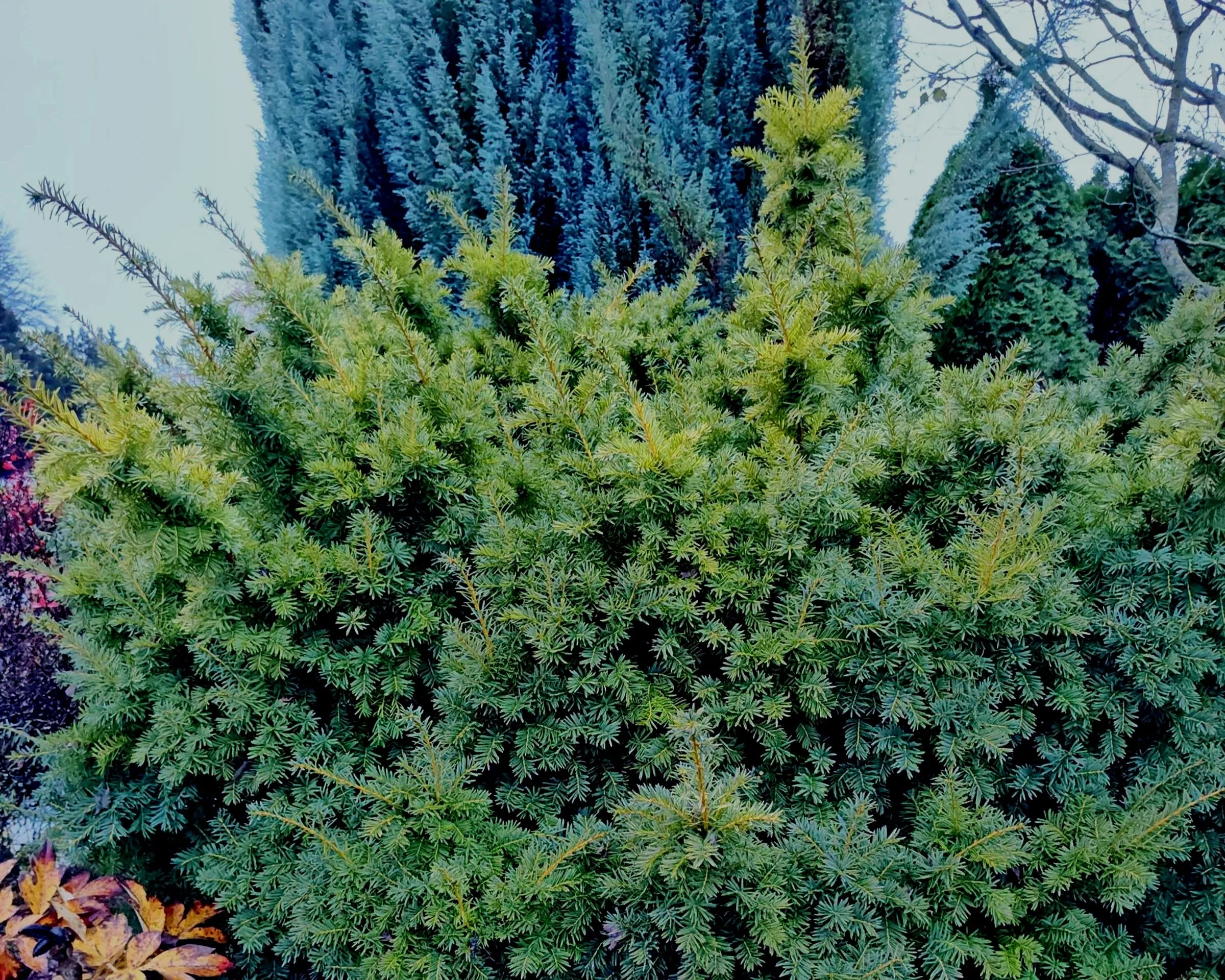By July most of us have finished our annual plantings and it is time to maintain what we have and do a little editing and tweaking. It is perfectly fine to continue to plant and I highly recommend doing just that for extending color into the fall season and for establishing new shrubs and trees. Here’s a list of chores for this month....
FEEDING: Plants need food to grow and organics are always the best for lawns, shrubs, trees and perennials because they not only feed the plants but also the soil. They are full of soil micro-organisms and humic acids, both of which improve our soils. But when it comes to annuals, especially if they are in containers, it is hard to beat the synthetics such as Osmocote or a soluble fertilizer like Sea Grow. For over-the-top results use them both simultaneously.
WEEDING: My system never changes. Hula Hoe the annual ones, nuke the perennial ones and when everything is clean, cover the soil with an inch of compost and you are done. Don’t make it more complicated than it needs to be.
PRUNING: I do a lot of pruning in July on hedges, thinning on trees and shrubs, pinching back on fall blooming perennials and of course deadheading (that’s garden-speak for removing old blossoms). You can remove water sprouts (suckers) on fruit and flowering trees in the summer and they won’t grow back nearly as fast as when you do it in the winter. Apply Sucker Punch and they might not come back for a year.
STAKING: Summer blooming perennials are in full stride now and all it takes is one windy and wet day to knock them flat on the ground. Grow-thru rings, Link-Stakes, bamboo poles with twine and Hoop stakes are just a few of the variations on the staking theme. Whatever you like is what you need to use but don’t wait until the horse is out of the barn. Also, if you have fruit trees with lots of fruit then be sure and stake up the heavy limbs before they break. You should probably thin them as well.
PEST CONTROL: Aphids continue to be a challenge this year and I suspect there will be other insects as the season goes on. Treat insect problems on an as needed basis. Diseases like mildew are a different story. For mildew on shrubs and trees, the best strategy is to prune out diseased branches and fertilize. For roses, perennials, annuals and veggies, it is best to be proactive and apply a fungicide as a preventative.
WATERING: I’ve pretty much covered this topic in the last couple of weeks so click here to see my previous columns for a refresher. I will say this however: investing in mulch will be more than offset by what you save on your water bill and the soil will be a lot healthier.
TWEAKING AND EDITING: Take a hard look at your garden. Fill in bare spots, remove overgrown plants and continue to make changes that will turn your yard into a garden. Remember that a garden is a creation that continues to evolve and change, sometimes for the better and other times for the worse. Don’t be afraid to rip stuff out and change things around. It’s no different than moving the furniture around in the living room. Nothing beats a fresh new look!


